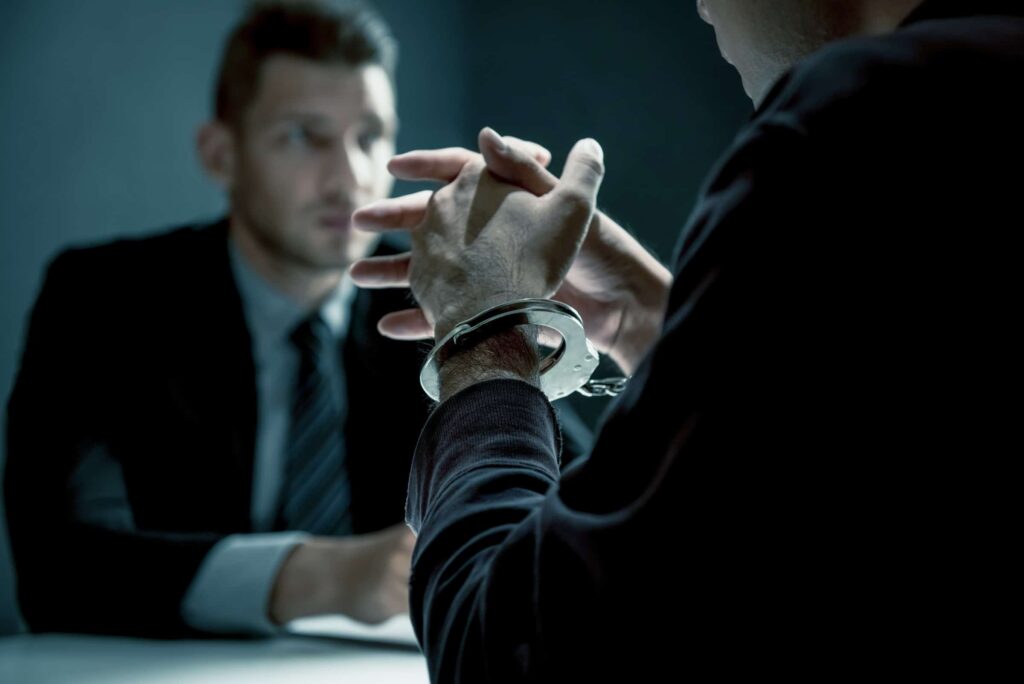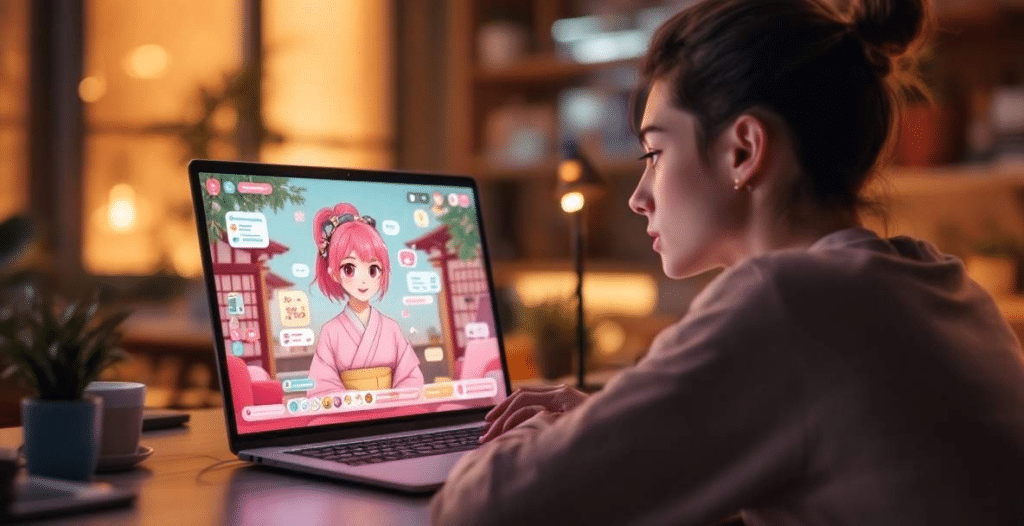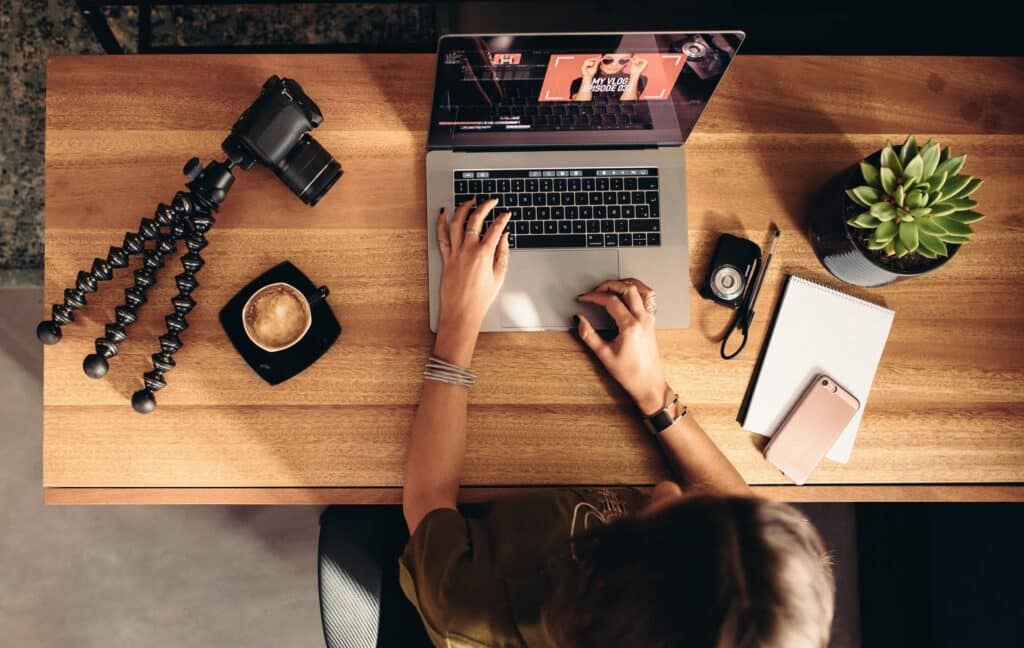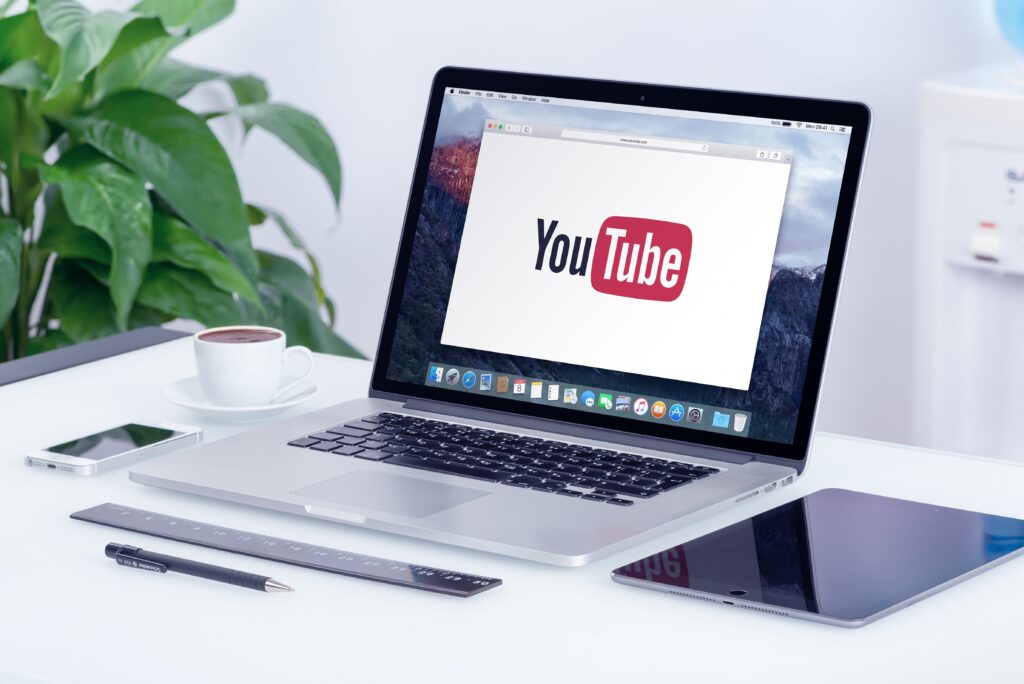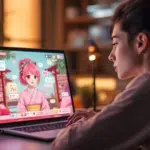Is it Possible to Remove a Video from YouTube if Your Portrait Rights and Privacy Rights are Violated?
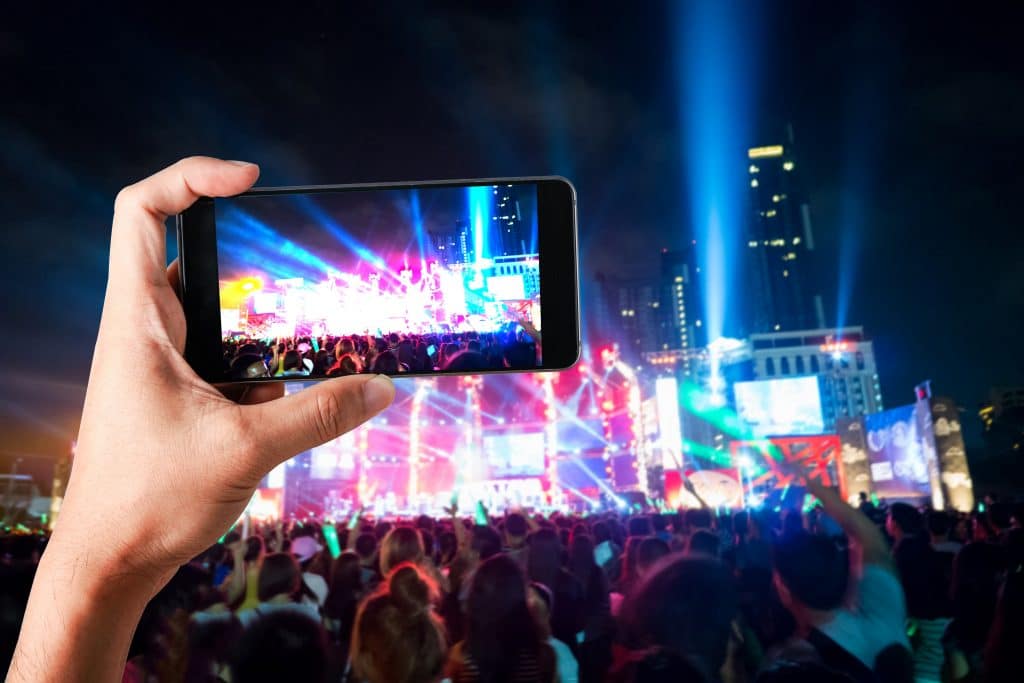
YouTube, a video uploading and sharing site, allows you to watch videos for free without needing to register as a member. A wide range of content is posted, from promotional videos to music, health methods, and how-to guides, and is viewed by people all over the world every day.
Anyone can freely post videos on YouTube once they register. If a video becomes popular, it can be played millions of times and may even be featured in news or TV programs. Famous individuals and pets have emerged from YouTube videos, making it a massive media platform today.
This article explains various rights issues related to YouTube.
Infringement of Rights such as Portrait Rights and Privacy Rights
YouTube is flooded with illegal content due to the fact that both posters and viewers are mostly ordinary people with little knowledge or awareness of the law.
Even as an ordinary person, you need to be careful as you may suffer from infringement of rights such as portrait rights and privacy rights through YouTube videos. Also, when you post a video, you must ensure that you do not unintentionally infringe on these rights.
So, under what circumstances would it not constitute an infringement of rights such as portrait rights and privacy rights?
The following circumstances are considered when determining whether there is an infringement of portrait rights:
- Whether your or your family’s face can be identified
- Whether you or your family are the main focus
- Whether it has been published in a place with a high possibility of spreading
- Whether there is consent for filming and publication
- Whether it is a place where filming can be anticipated
For more details on the infringement of portrait rights, please refer to the following article.
https://monolith.law/reputation/portraitrights-onthe-internet[ja]
With this in mind, I will explain some specific examples below.
Posting Photos of Crowds
Is it okay to take photos of crowds in places like Takeshita Street in Harajuku or in front of the Kaminarimon gate in Asakusa and post them online? As long as you’re not focusing on a specific individual, and the people in the photo are small or out of focus, making it impossible to identify anyone, there should be no problem.
Especially in places like Takeshita Street in Harajuku or in front of the Kaminarimon gate in Asakusa, where people can anticipate being photographed, it’s not an issue unless you’re stalking a specific person or secretly taking photos.
However, even in areas like Ginza, you need to be careful not to post videos like the one mentioned in the court decision we introduced in the previous article as an example of “infringement of portrait rights,” where a photo of a woman walking down the street was posted on a website. The decision stated:
“Ordinary people, if they knew their photos were being taken, would feel a psychological burden and it is recognized that they would not want such photos taken or posted on a website.”
Tokyo District Court, September 27, 2005 (2005 in Gregorian calendar) decision
Depending on the manner of the shooting, even in areas with a lot of pedestrians, there are cases where it can become illegal.
Posting Videos of Wedding Receptions

It is common to record videos at private events using smartphones and share them among friends and acquaintances. In such cases, unless someone explicitly refuses to be filmed, it is generally accepted that there is implied consent for the recording.
Consent to Record and Consent to Publish
As mentioned above, infringement of portrait rights occurs when there is no consent from the subject. If the subject, who is the rights holder, gives permission for the recording and publication, it does not constitute an infringement of portrait rights.
However, it is important to note that separate consent is required for recording and publication. Even if consent for recording is given, unless there is consent for publication, posting a video of a wedding reception on YouTube, for example, could potentially infringe on portrait rights and privacy.
Case of a Professional Soccer Player and a Famous Actress Published in a Weekly Magazine
There was a case where a globally renowned professional soccer player and a famous actress were photographed by the club owner at a private party in a members-only club, where entry was restricted to close friends. The photos were then published in a weekly magazine. The soccer player, who had tacitly allowed the photos of them kissing to be taken, sued the magazine for infringement of portrait rights and privacy, arguing that they had not consented to the publication.
The court ruled that the act of publication infringes on privacy when:
- The content published is a fact about private life or something that could be perceived as such,
- The subject does not want the matter to be made public, based on the sensitivity of an average person,
- The matter is not yet widely known, and
- The publication causes the victim to feel discomfort or anxiety.
In this case, the court recognized that there was an invasion of privacy. This judgment follows the framework for determining privacy infringement in past court precedents.
https://monolith.law/reputation/privacy-invasion[ja]
However, the court did not recognize either infringement of portrait rights or privacy infringement in the end, citing reasons such as:
- The player is globally famous,
- At the time of the article’s publication, photos and articles of almost the same content were published in another magazine and were in dispute, and
- The article was solely intended to report this dispute, serving the public interest.
(Tokyo High Court, May 18, 2005 ruling).
The Same Principle Applies to YouTube
Although this case involved photos and a weekly magazine, the same principle applies to videos and YouTube. In this case, neither infringement of portrait rights nor privacy infringement was recognized because the subject was a celebrity and the article was published along with other articles recognized as serving the public interest. However, it is usually impossible to recognize public interest in events such as wedding receptions, so there is a possibility of infringing on portrait rights and privacy rights.
Even at a celebratory event, and even if there is no possibility of causing inconvenience, it is advisable to obtain permission to post from identifiable individuals or to take measures such as blurring their faces.
Photographing and Posting Vehicles
There is no problem with photographing flying airplanes, running trains, cars, buses, and posting them on YouTube. However, if you happen to take close-up shots of passengers in cars or buses, there may be issues related to portrait rights.
When photographing and posting vehicles, you generally do not need to worry about copyright. Whether it’s trains, cars, or airplanes, there are more and more with distinctive appearances and colors these days, but these are considered “utilitarian objects”.
Vehicles are designed to transport people and goods efficiently and safely, and their design is determined to serve that purpose. Therefore, even if they have a unique appearance, they cannot be said to have an aesthetic effect comparable to works of art and crafts, and cannot be considered as artistic works protected by copyright law. Therefore, you can post them on YouTube without any particular permission. For example, when you film and post a Toyota car, you don’t need to worry about Toyota’s copyright.
Furthermore, the operators or owners of vehicles cannot prohibit the filming or posting of their vehicles. The “ownership” and “possession” of an object only include the right not to have the physical vehicle itself stolen, and do not include the right to prohibit the filming or public display of the object. Therefore, you can take pictures of vehicles from public places like public roads and post them.
However, you should blur out the license plates. Information such as “where and how a car with a certain number was running” is related to the privacy of the car owner. You must not infringe on the privacy rights of the car owner.
Posting Footage Captured by a Dashcam
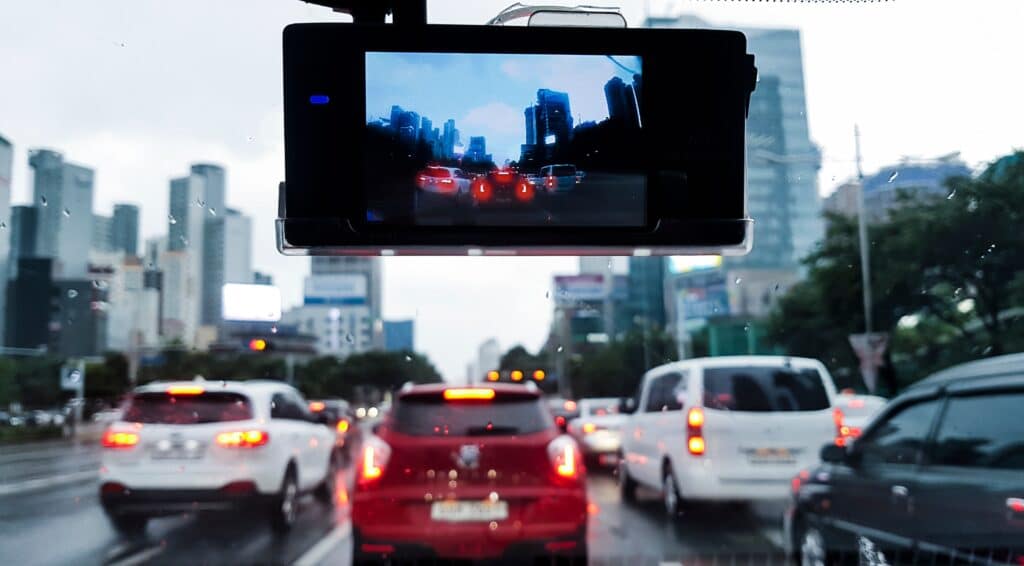
Some people are posting footage captured by dashcams on YouTube, showing drivers who repeatedly engage in nuisance behaviors such as “tailgating” and “lane hogging”, or drivers who pick fights. These videos are garnering a significant number of views. However, even if the footage depicts reckless driving, could there be potential issues such as infringement of portrait rights or defamation?
As mentioned above, there are no copyright or ownership issues with filming a moving car. Furthermore, considering that the recording is an overwriting process that captures the front and rear of the vehicle for a certain period, and it does not specifically follow and film a particular individual, it is unlikely that the act of filming itself would be considered illegal for reasons such as invasion of privacy.
While the act of filming itself may not be an issue, it is necessary to consider the act of publishing the filmed footage without consent. If the individuals captured by the dashcam are engaging in malicious acts, revealing this fact could lower their social reputation. Therefore, there is a possibility that it could be considered defamation. Defamation is established when the social reputation of the other party is lowered, but if there is public interest, public benefit, or truthfulness, it is not established.
https://monolith.law/reputation/defamation[ja]
However, there may be cases where revealing the facts about a crime committed on a public road, which is a public space, can be said to have public interest or benefit. And, as long as the footage clearly shows what kind of criminal act was committed and is not edited, the footage itself can be said to have revealed the truth.
Nevertheless, if the other party is a private individual, there could still be issues with privacy. It would be pointless if your intention to expose a crime ends up infringing on someone’s privacy. Therefore, it would be wise to blur out the car’s license plate and the driver’s face. The other party is a private individual, so you should not expose their face or identity.
How to Request Removal of a Video on YouTube
If you feel that your rights, such as portrait rights or privacy rights, have been violated by a video posted by someone else, you would want to have the video removed as quickly as possible before it spreads.
Firstly, there is a method to request the removal of a video from YouTube’s management.
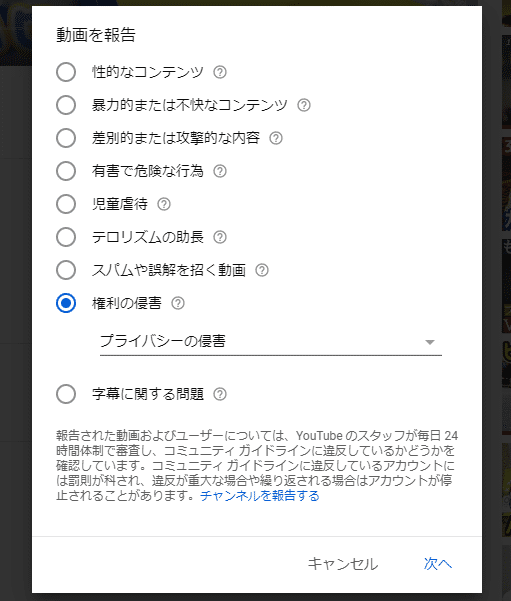
- Click on “Report” from the “…” located at the bottom right of the video title, select “Infringement of rights” from “Select one”, then select “Privacy violation” and click “Next”. Click on “Procedure for claiming privacy violation” in the “YouTube Privacy Guidelines” text, and click “Next” on the “Procedure for claiming privacy violation” screen.
- In “Procedure for claiming privacy violation Step 2/6”, choose either “I want to check the details of the harassment” or “I want to make a claim for privacy violation”. Select “I want to make a claim for privacy violation”.
- In “Procedure for claiming privacy violation: Step 3/6”, click “Next”.
- In “Procedure for claiming privacy violation: Step 4/6”, select “I have already checked the community guidelines”.
- In “Procedure for claiming privacy violation: Step 5/6”, where it says “I agree that if I report a false privacy violation, my account may be suspended”, click “Next”.
- In “Procedure for claiming privacy violation: Step 6/6”, choose either “My image or name” or “Other personal information”, write in the next screen, enter the URL of the problem video, select “Content I want to report” and “Position displayed”, write in “Place appearing (example 2:14)”, and submit.
When you make a removal request to YouTube, the staff will visually confirm it, and if they determine that there is a rights violation after review, they will remove the video.
This procedure is simple, and the information of the person making the request will not be known to the user who uploaded the video, so you should first make this request. However, even if you follow this procedure and make a request, it does not necessarily mean that the removal will be approved.
Engaging a Lawyer to Remove YouTube Videos
If your rights have been infringed upon by a YouTube video, you may find that your request for removal is often not granted by YouTube. In such cases, you can engage a lawyer to request the removal of the illegal video.
Lawyers are professionals who can construct arguments as to why and how a certain right has been infringed upon. There are cases where videos that could not be removed by individual requests were removed following a request from a lawyer. Furthermore, if a request for removal outside of court fails, you can also use a procedure called a provisional disposition.
https://monolith.law/reputation/provisional-disposition[ja]
Identifying YouTube Video Uploaders
Even if a video has been deleted, it does not necessarily mean that the uploader can be identified. If you wish to claim damages because your portrait rights or privacy rights have been violated by the video upload, and you have suffered emotional distress, you will need to identify the uploader, possibly by hiring a lawyer.
For detailed procedures, please refer to the following articles.
https://monolith.law/reputation/disclosure-of-the-senders-information[ja]
Furthermore, there is a subtle issue of whether it is possible to identify the uploader after the video has been deleted following a claim. We explain this point in detail in the following article.
https://monolith.law/reputation/identifying-contributors-after-deletion[ja]
Summary
While YouTube is a platform that can be easily started, both content creators and viewers who leave comments may inadvertently infringe on the rights of others. It can be risky to handle without legal knowledge. Moreover, if a problem arises and it goes viral on the internet, it cannot be easily erased.
At Monolith Law Office, we have attorneys with extensive knowledge and experience in handling online reputational issues. We encourage you to consult with us at an early stage.
Category: Internet




